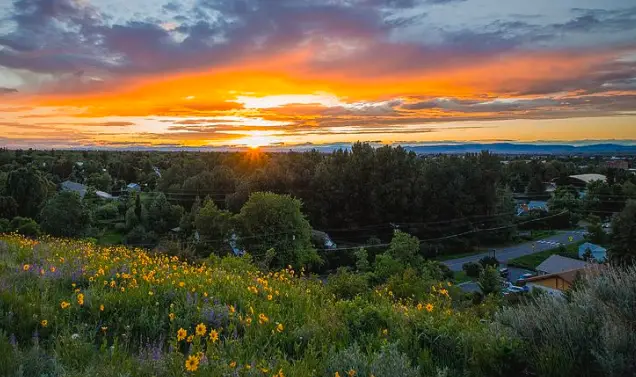Bozeman, Montana – Gold, Adventurers, and Natural Beauty
Late in the summer of 2015, my wife and I camped outside the north entrance to Yellowstone National Park. It was near Gardiner, Montana. We explored more than just Yellowstone. We ventured northeast to the battlefield at the Little Bighorn. (Think George Armstrong Custer.) We ventured northwest and explored Montana’s fourth largest city: Bozeman. We were impressed.
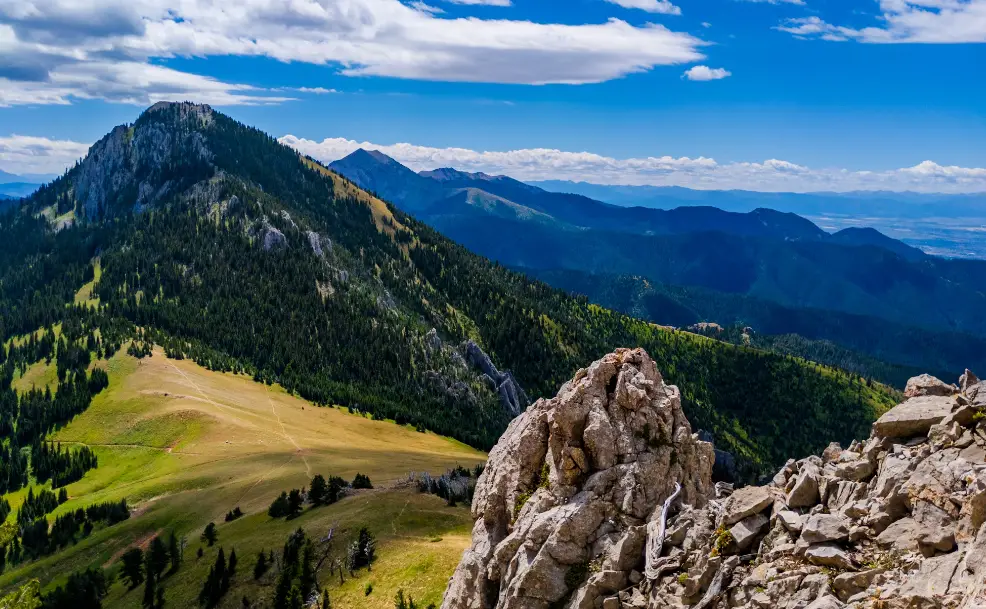
Before 1806, few Europeans had seen the territory that is now the state of Montana. Different tribes of Native Americans lived in the area before then. These included the Shoshone, Nez Perce, Crow, and Blackfeet.
In July 1806, the Lewis and Clark Expedition passed very near what is now the city of Bozeman. They were, of course, on an errand for Thomas Jefferson, then the president of the young United States of America. President Jefferson had just purchased over 828,000 square miles of land claimed by Napoleon Bonaparte and France. It was the Louisiana Purchase. Lewis and Clark were looking for the fabled Northwest Passage, a waterway that was believed to connect the eastern part of America with the west.
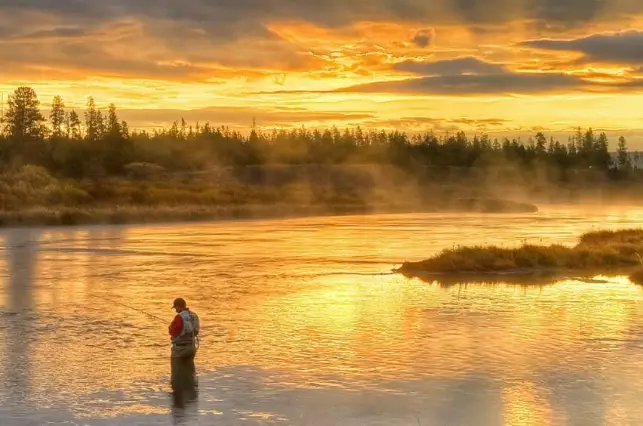
Gradually, more Europeans followed the trails blazed by Lewis and Clark. Mountain men came for beaver pelts. (Men’s hats made of beaver pelts were the fashion at the time in Europe.) Later, rumors spread that gold might be in the area. In July 1862, gold was discovered on Grasshopper Creek a little over 100 miles southwest of what is now the city of Bozeman, Montana.
Fortune seekers rushed to the area. It was like the California gold rush 13 years earlier. What was natural wilderness soon became filled with miners, homesteaders, farmers, ranchers, and merchants. The Montana frontier started to civilize. Bozeman became a hub and launching-off point for the region.
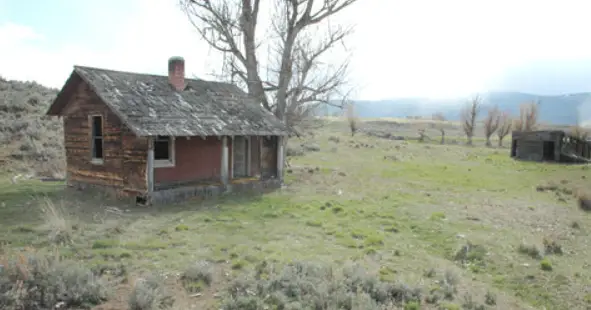
John Bozeman was an adventure seeker from the state of Georgia. He came to the Montana territory in 1864. He created the Bozeman Trail. It connected the Oregon Trail to Montana’s gold fields. Settlers, miners, and traders used the trail to reach the area. John Bozeman settled in the Gallatin Valley and founded the Bozeman township later in 1864. Three years later, the U.S. Army established Fort Ellis near Bozeman. The fort gave protection for settlers from Native Americans. The fort helped stabilize the area and grow the town.
In 1872, Nelson Story, a cattle rancher, made a significant contribution to the area. He completed the first successful cattle drive from Texas to Montana’s Gallatin Valley. This started Bozeman on the path to success in agriculture and ranching.
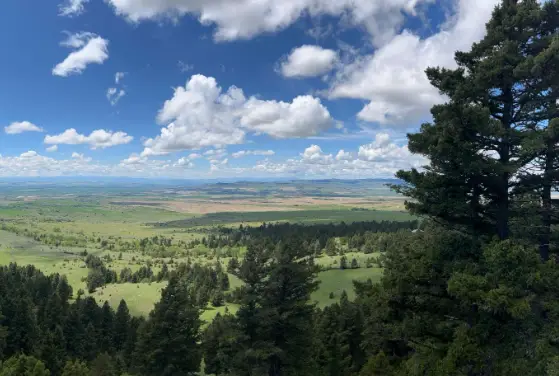
Growth continued. In 1883, the Northern Pacific Railway built a line that connected Bozeman with the national Transcontinental Line. This increased trade and communication with the East. And it led to more growth and settlers migrating west.
In 1893, Montana State University (MSU) was founded as the Agricultural College of the State of Montana. Over the years, MSU has grown into a major research institution that has contributed to the town’s culture and economy.
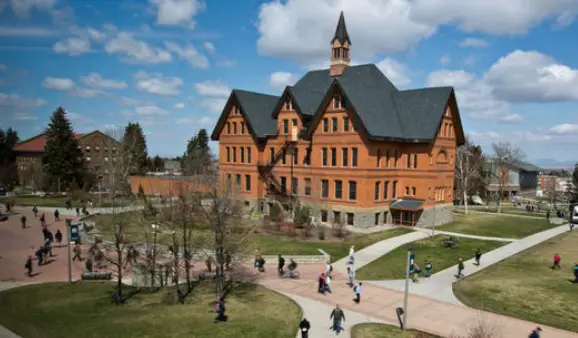
Photo – Shiksha
Travel and tourism remains an important part of Bozeman and southwestern Montana. It’s very close to Yellowstone National Park, only 75 miles away. The Bridger and Gallatin mountain ranges still attract campers, hikers, fishermen, and skiers in winter.
The area’s frontier roots are still evident. Recently, though, the future has caught up with Bozeman. It has become a hub for high-tech companies and entrepreneurs. People are drawn to the area by the university, quality of life, and natural beauty.
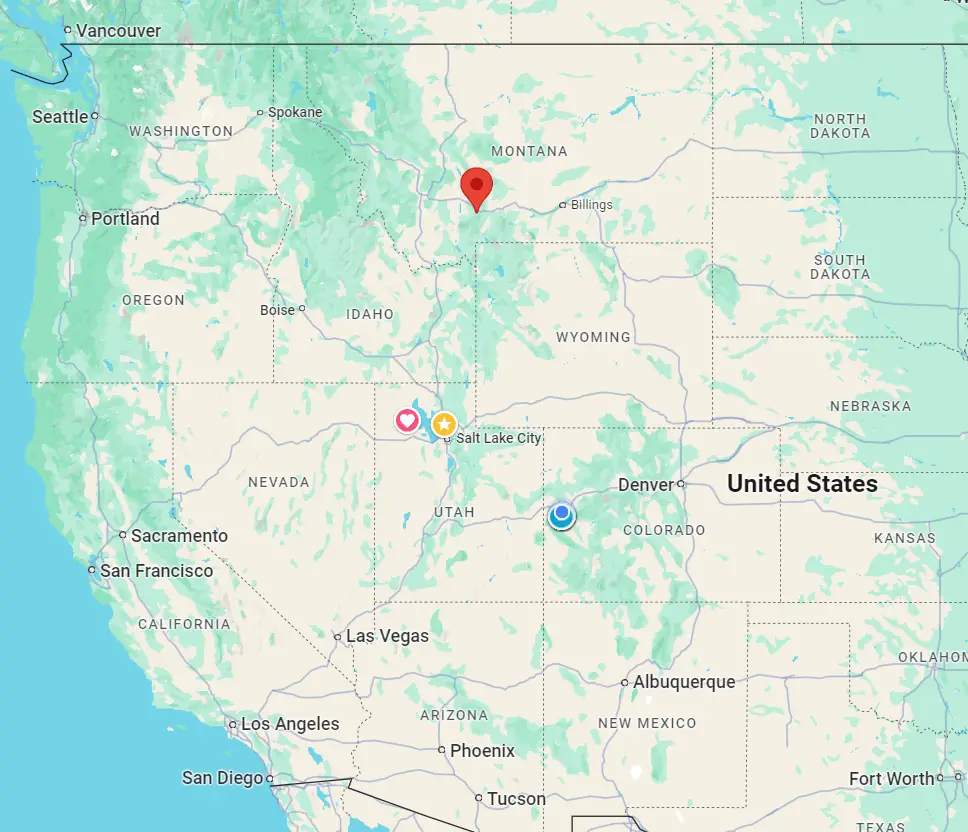
Bozeman’s history is one of adaptation and resilience. From its Native American roots and frontier beginnings to its modern status as a thriving community, Bozeman continues to evolve. Its story reflects the enduring spirit of its people and their connection to the land.
